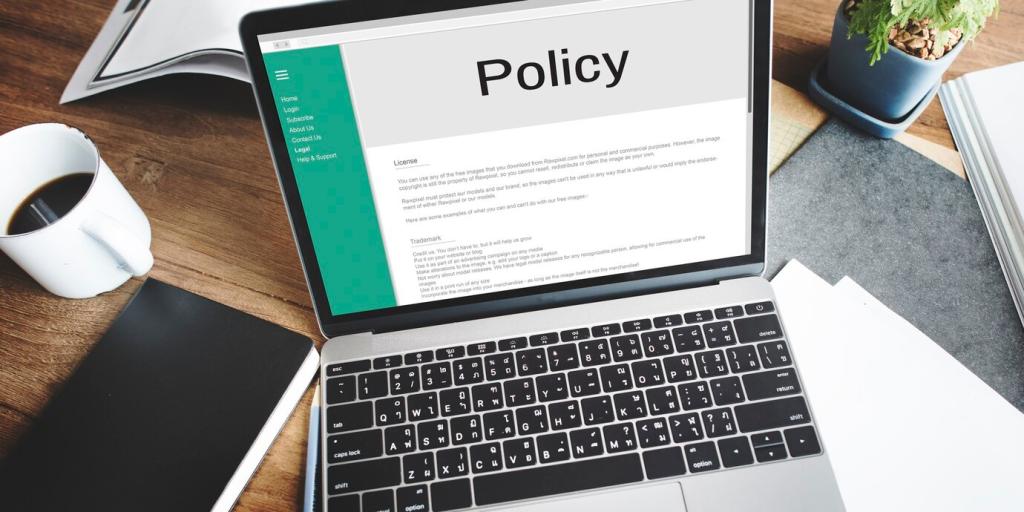How Your Salary Becomes Take-Home: Structure and Tax Touchpoints in India
CTC includes fixed pay, variable pay, and the value of benefits such as health insurance or employer NPS. Gross salary informs tax calculation, while take-home reflects deductions, exemptions, and declared proofs. Knowing each layer helps you negotiate smarter and plan cash flow.
How Your Salary Becomes Take-Home: Structure and Tax Touchpoints in India
Under the old regime, exemptions like HRA and LTA can be valuable, especially in high-rent cities. The new regime offers lower slab rates and standard deduction but limits many exemptions. Compare both annually, because changing rent, bonuses, or benefits can alter the optimal choice.









